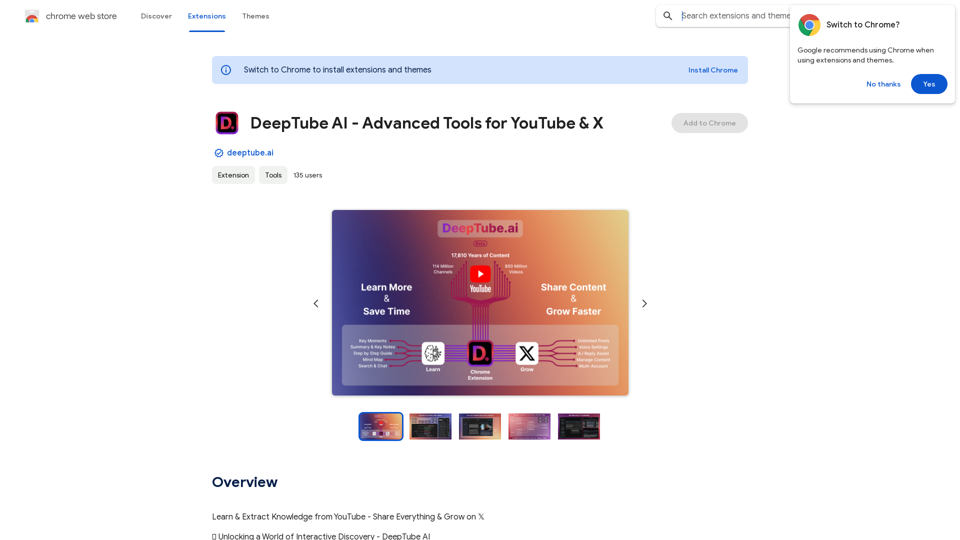Describe.pictures is an AI-powered tool designed to generate detailed descriptions of images. It offers users the ability to quickly obtain comprehensive or brief descriptions of uploaded pictures, making it useful for various applications such as content creation, accessibility, and image analysis.
AI Describe Picture & Image | Free AI-generated image description
AI picture & image description generator, helping you quickly generate image descriptions.
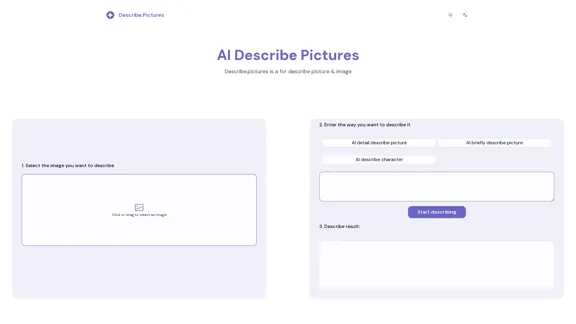
Introduction
Feature
Image Upload
Users can easily upload images by clicking or dragging and dropping files onto the platform.
Multiple Description Options
The tool provides various description modes:
- AI detail describe picture
- AI briefly describe picture
- AI describe character
- Customizable description methods
Instant Results
After selecting an image and choosing a description method, users can quickly obtain AI-generated descriptions.
Versatile Applications
Describe.pictures can be used for:
- Enhancing accessibility for visually impaired users
- Generating content for social media posts
- Analyzing images for research or creative purposes
- Assisting in SEO by providing detailed image descriptions
User-Friendly Interface
The platform offers a simple three-step process:
- Select an image
- Choose a description method
- View the generated description
Examples Provided
The website showcases example descriptions, including a detailed analysis of an F1 racing scene and a brief description of a moon landing photograph.
FAQ
What is Describe.pictures?
Describe.pictures is an AI-powered tool that generates detailed or brief descriptions of uploaded images, helping users quickly obtain comprehensive information about visual content.
How does Describe.pictures work?
The tool uses AI large models to analyze uploaded images and generate descriptions based on the user's chosen method (detailed, brief, or character-focused).
Can I customize the description method?
Yes, Describe.pictures allows users to choose from predefined description methods or customize their own approach for more specific results.
Is Describe.pictures free to use?
While the website mentions it's a "Free ai generate image description" tool, it's best to check their terms of service or pricing page for the most up-to-date information on any potential costs or usage limits.
What types of images can I describe using this tool?
The tool appears to be versatile, capable of describing various types of images, from complex scenes like F1 races to historic photographs like the moon landing. It's likely suitable for a wide range of image types and subjects.
Latest Traffic Insights
Monthly Visits
7.04 K
Bounce Rate
44.79%
Pages Per Visit
1.37
Time on Site(s)
4.91
Global Rank
3069707
Country Rank
United States 2046422
Recent Visits
Traffic Sources
- Social Media:13.34%
- Paid Referrals:0.86%
- Email:0.19%
- Referrals:5.64%
- Search Engines:47.98%
- Direct:31.90%
Related Websites
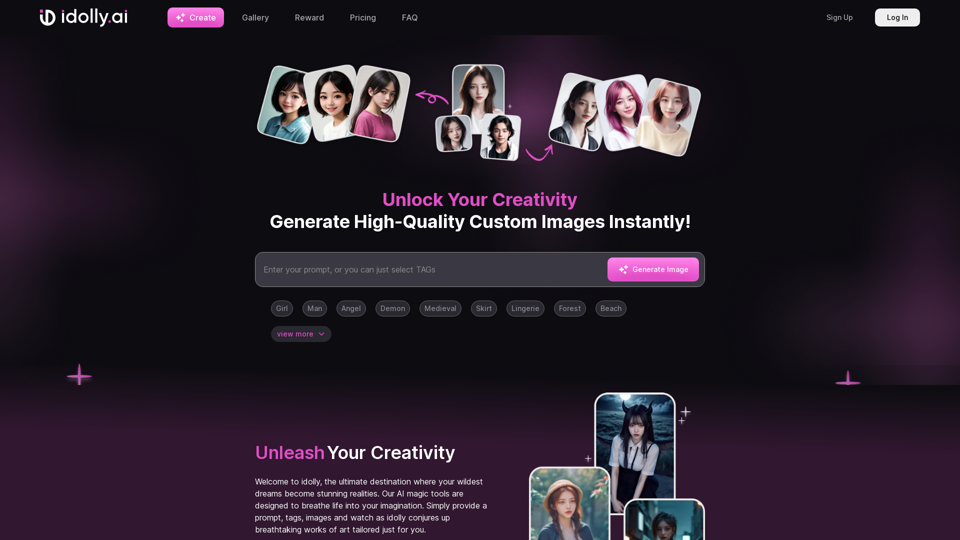
Explore idolly.ai, where imagination meets AI image creation and BlockChain. Create stunning visuals with ease using our Face Transfer and Mood Fusion technology.
9.70 K

Transform your photos effortlessly with Pincel, the intelligent and user-friendly online image editing application. Perfect your images, one brush stroke at a time.
562.68 K
Pixelfox AI is one of the best free AI image editing tools, designed to automatically edit images and photos. Start editing photos now.
58.05 K
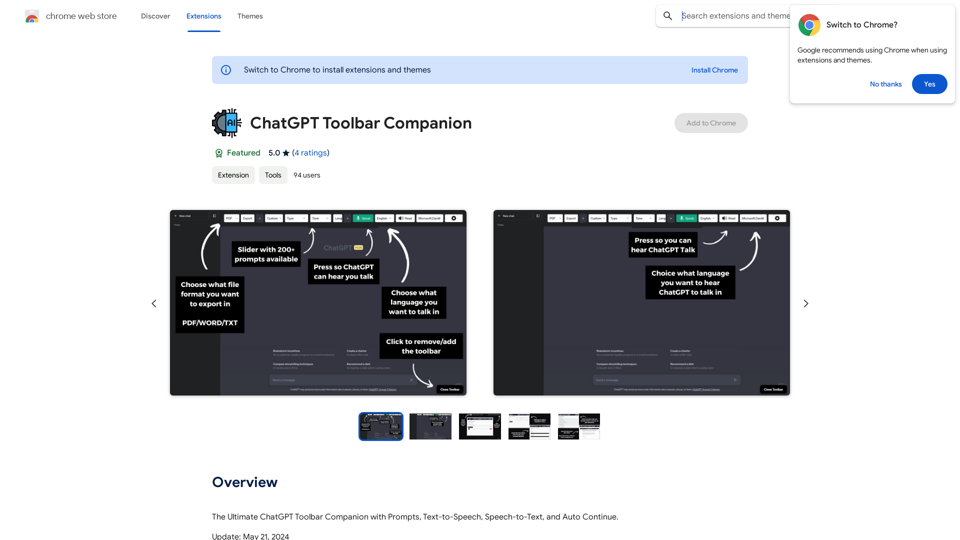
The Ultimate ChatGPT Toolbar Companion with Prompts, Text-to-Speech, Speech-to-Text, and Auto Continue.
193.90 M
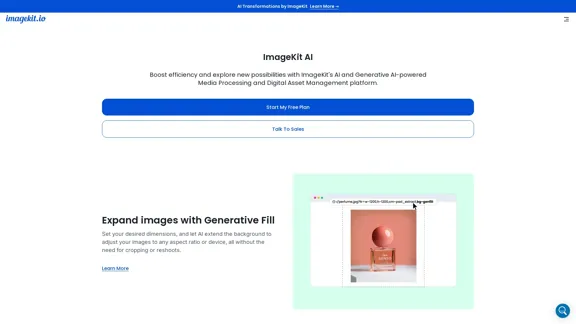
ImageKit AI for media delivery and management | ImageKit.io
ImageKit AI for media delivery and management | ImageKit.ioLeverage AI and Generative AI to transform media processing and digital asset management at scale with ImageKit AI.
1.06 M
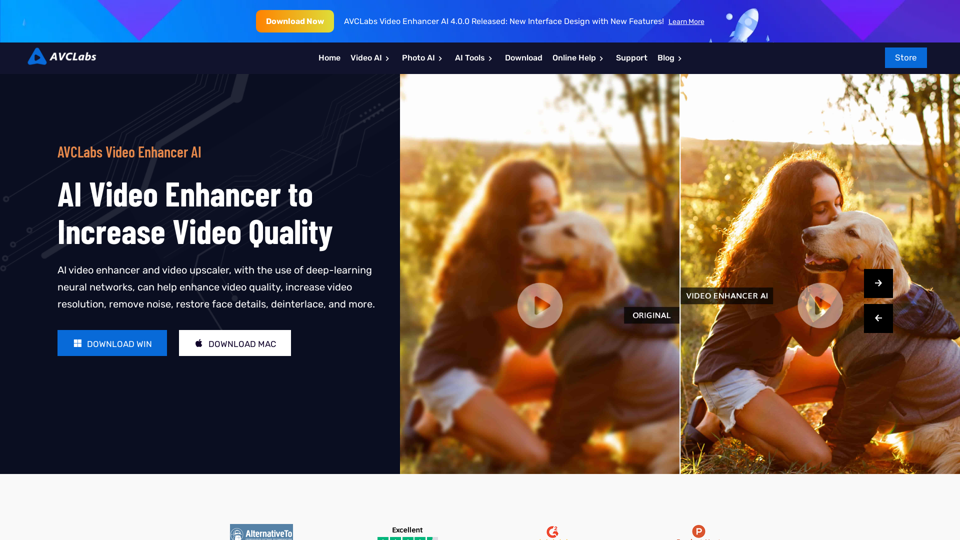
AVCLabs AI: Enhance Your Video and Photo Quality with AI
AVCLabs AI: Enhance Your Video and Photo Quality with AIAVCLabs is an AI products provider, which is dedicated to serving customers with products including Video Enhancer, Photo Editor, Photo Enhancer, and Video Blur AI.
356.07 K
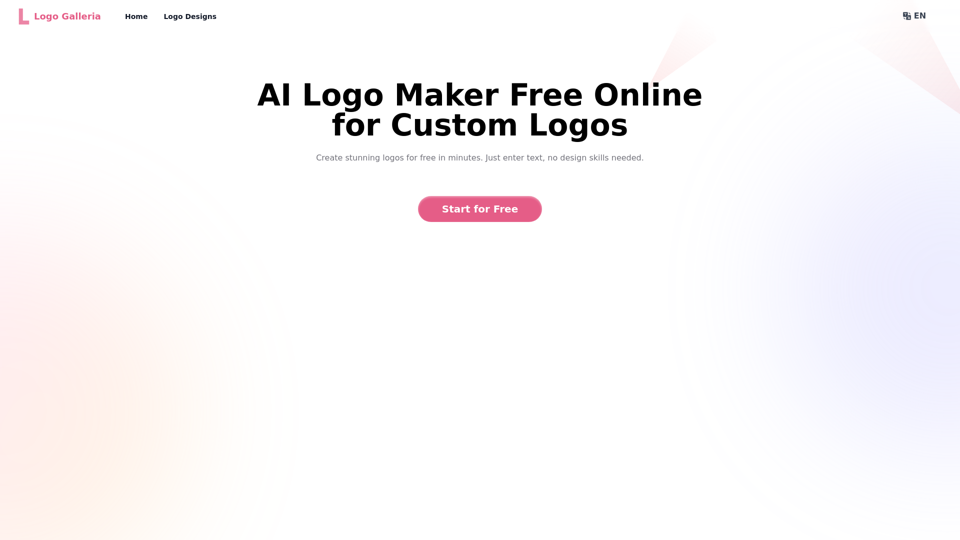
Discover how our AI logo maker can generate unique, professional logos quickly and affordably. With AI logo maker free online features, customizable designs, and watermark-free options, Logo Galleria offers the best solutions for startups, YouTube channels, and more.
15.21 K
